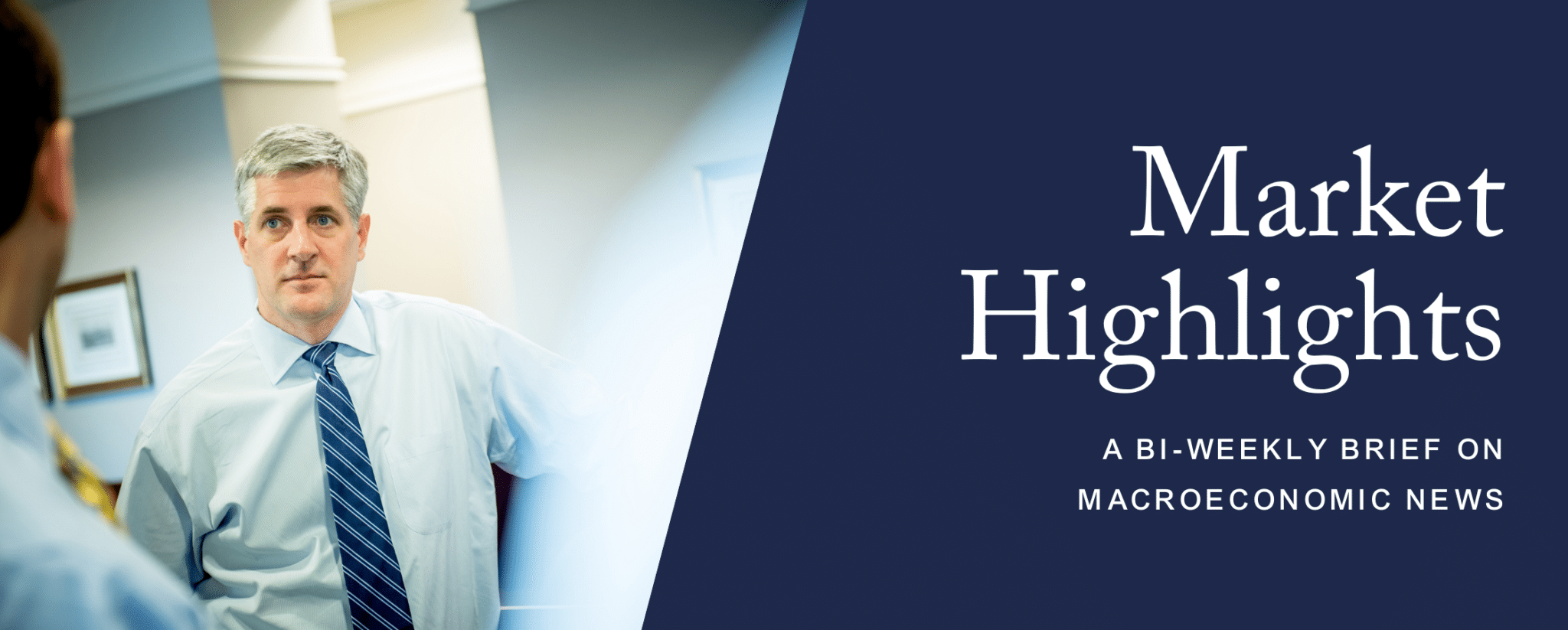
December 19,2022
Once again, the Federal Reserve (“Fed”) confirmed last week that it isn’t finished and intends to continue tightening into slowing growth. While this greatly raises the risk of a recession, these actions are necessary to maintain the Fed’s inflation fighting credibility and prevent a premature easing of financial conditions. In December 2018, the market fell sharply after Fed Chairman Jay Powell insisted on continuing to tighten into slowing growth (Quantitative Tightening on “autopilot”), only to backtrack in early January once the pain got too much to bear. Fast forward to today, the Fed is once again insisting on tightening into slowing growth. However, the key difference today is that inflation is much higher. In December 2018, the CPI was +1.9% year-over-year, compared to an estimated December 2022, CPI of +6.8%. The Fed won’t be as likely to backtrack this time around.
As recession signals abound (sharply inverted yield curve, weakening LEIs and PMIs, and Fed surveys to name a few), it is worthwhile to point out that the market has never bottomed before entering a recession. The Fed itself now seems awfully close to projecting a recession. December’s Summary of Economic Projections (“SEP”) for year-end 2023 showed higher inflation (core PCE +3.5%, up from prior +3.1%), higher Federal Funds rates (terminal rate raised to 5.1%, from 4.6%), higher unemployment (4.6%, up from prior 4.4%), and slower growth (real GDP +0.5%, down from +1.2%). The projected increase in unemployment, in particular, is typically associated with recessions. The problem is that even though growth is slowing and inflationary pressures are easing, the labor market remains too tight and wage growth too strong, underpinning services inflation excluding housing, which accounts for over half the Core PCE – the Fed’s preferred inflation gauge. This is why the Fed must continue tightening until it is confident of achieving its goal of slowing inflation back to its 2% target.
We are likely reaching the point where the direction of the stock market is likely to be less about the Fed and more about the ramifications of the Fed’s actions (i.e. impact on earnings). More earnings downside is likely ahead as the lagged effects of tighter monetary policy ripple through the economy and profit margins come under pressure. It is doubtful that the bear market has fully run its course. We continue to patiently wait for further evidence of investor capitulation on the economic and earnings outlook for next year. As economic and earnings recession forecasts become reality, it should catalyze a “cathartic” volatility spike.